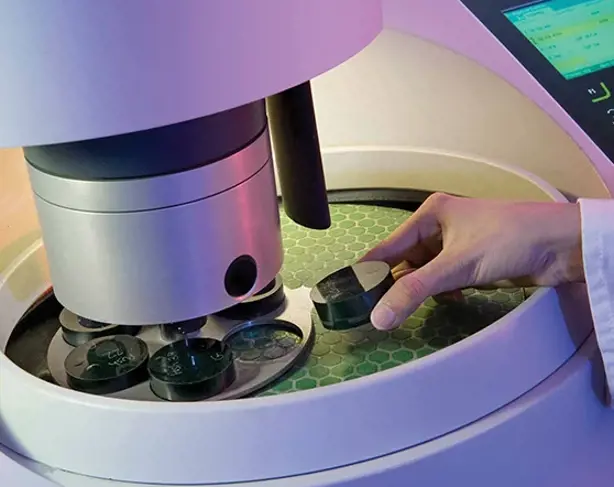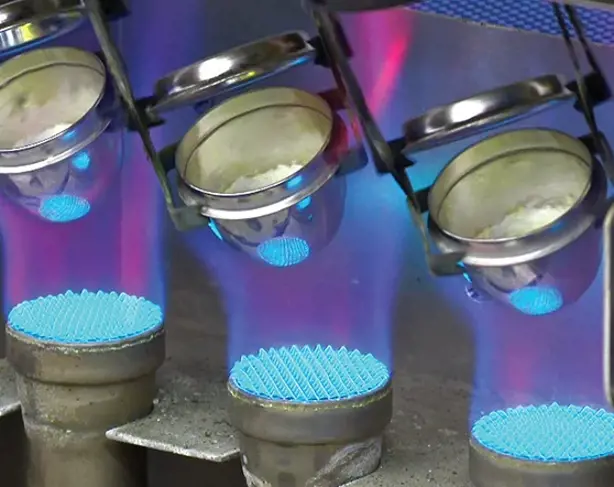ELEKTRON ALLOYS DEMONSTRATE SUPERIOR FLAMMABILITY RESISTANCE
27 March 2009
ELEKTRON ALLOYS DEMONSTRATE SUPERIOR FLAMMABILITY RESISTANCE
MANCHESTER, UK (27 Mar 2009): Preliminary flammability testing performed by the US Federal Aviation Administration (FAA) demonstrates that Magnesium Elektron alloys Elektron WE43, Elektron 21 and Elektron 675 will resist burning better than other commonly used magnesium alloys.
The light weight advantages offered by magnesium alloys, now used extensively in the automotive industry, has not been exploited for some obvious applications in aircraft due to restrictions against its use in aircraft interiors, and in particular the passenger cabin. The concern with magnesium in these applications largely involves a perceived risk of fire. SAE International has an Aerospace Standard that specifically prohibits magnesium in aircraft seats. The FAA also has a Magnesium Position Statement stating, �if such a material (magnesium) were to be introduced to the cabin, the FAA would have to be convinced that the level of safety was not reduced.'
With the encouragement of the airline industry and Magnesium Elektron the FAA formed a Magnesium Task Group as a component of an industry committee, the International Aircraft Materials Fire Testing Work Group (IAMFTWG). Minutes from an early meeting stated: �The use of Mg in aircraft cabins is drawing enough interest that the FAA realises that it has to act in some way.�
Preliminary fire testing at the FAA Tech Center (FAATC) Fire Safety Branch in Atlantic City was agreed by the Magnesium Task Group with Magnesium Elektron supplying samples of a range of generally recognised magnesium alloys. The fire testing results had many of the Mg alloy samples igniting upon melting and continuing to burn. Magnesium Elektron alloys Elektron WE43, Elektron 21 and Elektron 675, typically took longer to melt, and after melting either did not ignite at all or soon self extinguished after some initial burning. The lack of ignition and quick self extinguishment scored very well with the FAA who were impressed enough to recommend proceeding to Full-Scale fire testing.
In Full-Scale testing, test items are placed inside a test aircraft and then exposed to a pan of burning jet fuel positioned outside an opening in the aircraft. In this case, aircraft seats made from magnesium will be placed in the test aircraft. Results from Full-Scale testing will provide data to hopefully qualify magnesium alloys in aircraft seats. Full-Scale testing of magnesium alloy aircraft seats is scheduled for early 2009.
As with most regulatory changes, the process may be lengthy. Bruce Gwynne, Vice President of Divisional Strategic Development for Magnesium Elektron commented that, �Once done, however, we will potentially remove a barrier to magnesium usage that has hampered the magnesium industry for many years now. This will enable designers of commercial aircraft to capitalise on the lightweight characteristics of these high performance Elektron magnesium alloys and potentially make a significant contribution in the overall drive to improve fuel efficiency and minimise aircraft emissions."
Magnesium Elektron is a world leader in the development of high performance magnesium alloys, with over 60 years experience in the aerospace, defence, motorsport and automotive industries. The company is part of the Luxfer Group, an international manufacturer of high performance engineering materials including magnesium alloys, zirconium products, and high pressure gas cylinders.










